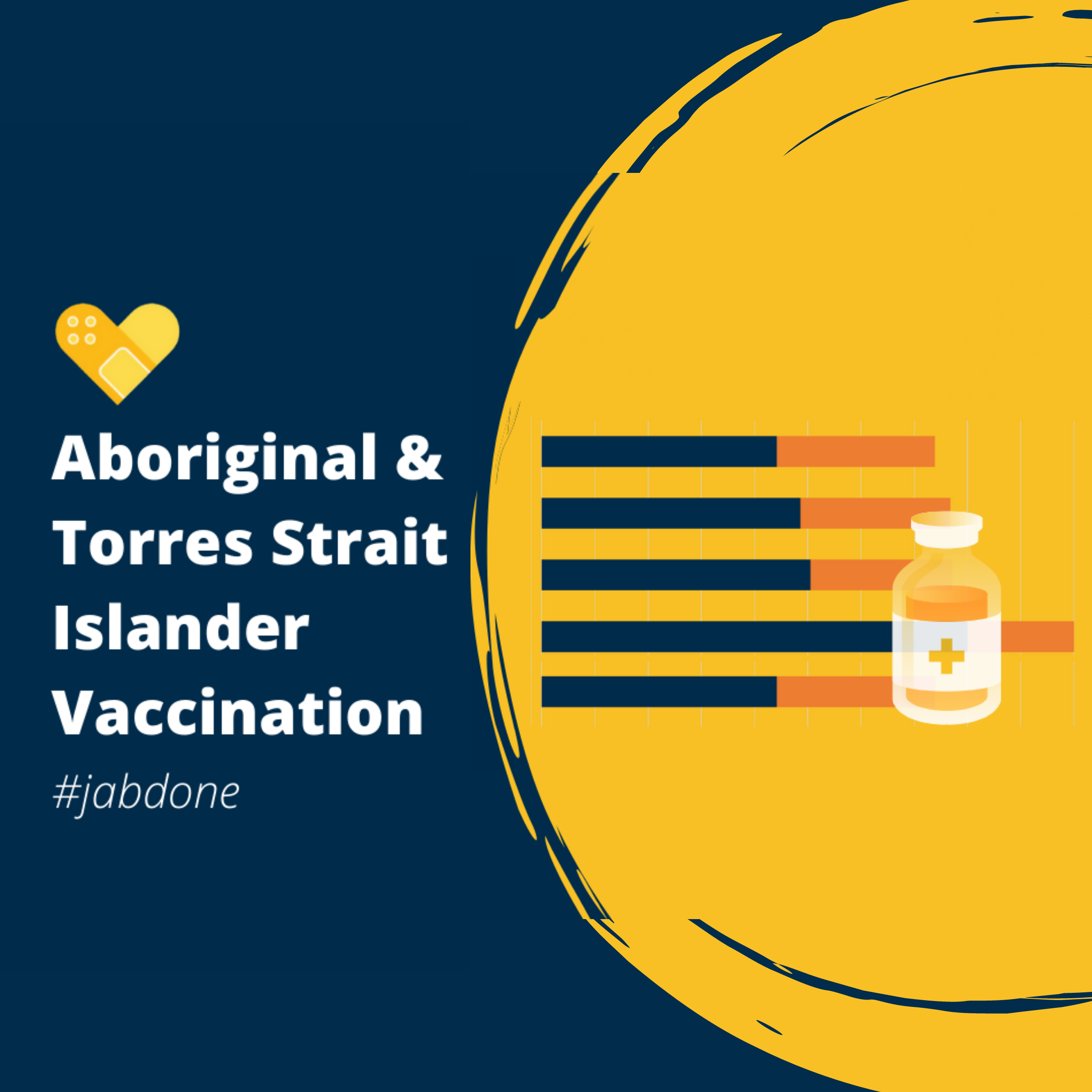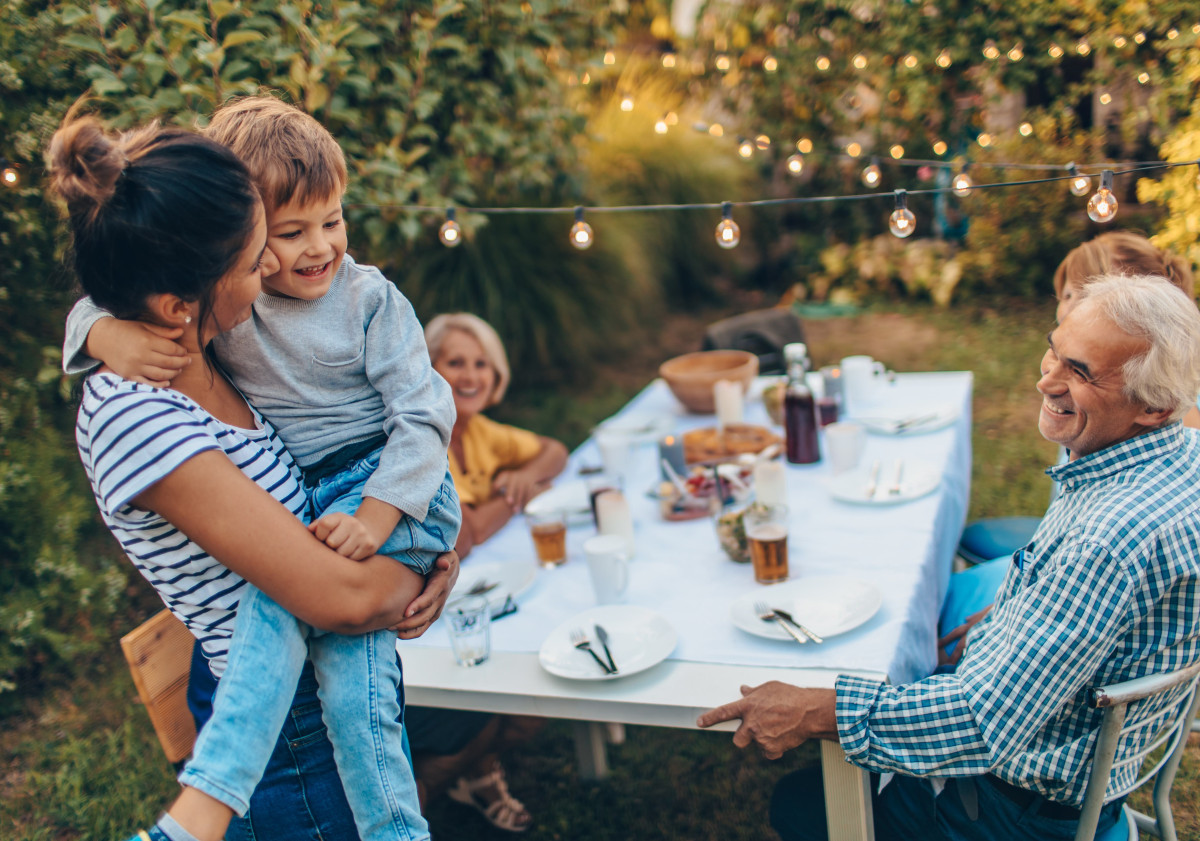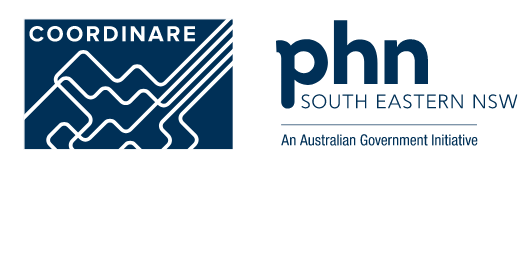
Local Aboriginal and Torres Strait Islander vaccination rates in South Eastern NSW hit eighty percent target
29 November 2021
More than 80 percent of Aboriginal and Torres Strait Islander people in South Eastern NSW are fully vaccinated against COVID-19, as of 23 November according to the latest data released by the Department of Health.
Dianne Kitcher, CEO of COORDINARE said, the significant increase in vaccination rates over the past nine weeks is wonderful news and a testament to the collaboration of all four Aboriginal Community Controlled Health Organisations (ACCHOs) along with partner organisations, elders and community leaders.
“At the beginning of September vaccination figures for First Nations people were of great concern, with only 20 to 23 percent of people having received two vaccine doses. In parts of the world, when people who are indigenous have been unvaccinated, there has been a significant loss of life when COVID has reached their communities,” said Ms Kitcher.
“We are relieved that higher vaccination rates mean our communities are in a better place as restrictions are eased and people travel more, but ideally 100 percent vaccination is still our target,” Ms Kitcher said.
"All the health services have come together during this COVID period and worked collaboratively to be as prepared as we can possibly be for what we might be facing,” said CEO of Waminda, Faye Worner.
“We are reminding people that they are likely to get COVID as restrictions ease, and being vaccinated gives you and others the best chance of avoiding hospitalisation or worse,” said Ms Worner.
CEO of Katungul Kayeleen Brown is proud of the community uptake thus far and the response to keeping the community safe to date.
“Our community has done so well with our vaccination rates, we are keen to keep providing information and advice to ensure all of our community have the opportunity to be vaccinated,” said Ms Brown.
“While some of our community are hesitant, we hope to get people into our GPs to have a yarn and discuss their concerns. Our team are working closely with community and services to ensure there are opportunities to talk about the vaccine options and their personal situation to ensure the community are able to make informed decisions about their health,” she said.
"We are planning educational resources to be developed with local youth to share information with our younger generation, should 5 to 11-year-olds become eligible for the vaccines. It is important families are aware of the vaccines and have access to resources to discuss as a family going forward.
“Many of our community will be eligible for their booster dose coming into the new year and we are ensuring we are following up with our clients. We are also looking forward to opportunities in the new year to come together and yarn about the great work of our communities this year as we start to plan services into 2022,” said Ms Brown.
CEO of the Illawarra Aboriginal Medical Service, Kane Ellis said, “We’ve worked hard with partner organisations and the Illawarra Shoalhaven Local Health District to make the vaccines more accessible.
“There has been a big effort to accelerate vaccination rates in Wollongong LGA as it was identified as an area of concern. Thankfully rates in that LGA reached 80 percent a couple of weeks ago but we’re still working to reach the remaining 20 percent,” said Mr Ellis.
"We want to encourage everyone to get vaccinated and to get their booster, six months after their second dose. It’s the only way to protect our families. We don't want our elders to lose their lives," Mr Ellis said.
View the most recent Department of Health national Indigenous population vaccination data here.

